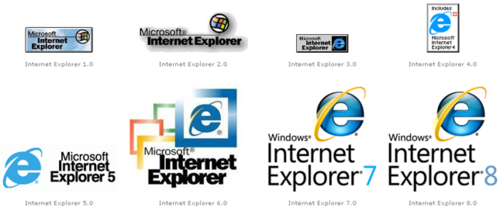
In testing applications visually across browsers, I’ve dealt with lot of different uninspiring but effective set ups. I have always been a fan of grabbing a spare PC and having IE tester or now IE9 in development mode on it.
I don’t have a spare PC available in the new Philadelphia office so I evaluated the latest web-based options including BrowserStack and Sauce.
Both have a wide variety of platforms and browsers from which web applications can be tested. However, I was unable to reproduce some reported bugs and saw other bugs which weren’t reported. Both are fairly slow to boot up and navigate in the browser. In order to test them locally, you need to set up a web tunnel either through command line tools or through each of their interfaces.
After exhausting the web options, I decided to explore Virtual Machines (VMs) as browser testing environments. Setting up a VM was a pretty simple three step process:
- Download Virtualbox and install.
- Follow IEVMs instructions. They’re very simple.
- Wait. Depending on your internet connection it can take a while.
The install script sets up every version of IE back to v6, which hopefully I’ll never have to use. Each VM is pretty quick to start up (e.g. X seconds) and easy for local testing. Overall, VMs have been a pleasant surprise, compared to hosted solutions and the extra PC.
Now back to those CSS bugs in IE.
